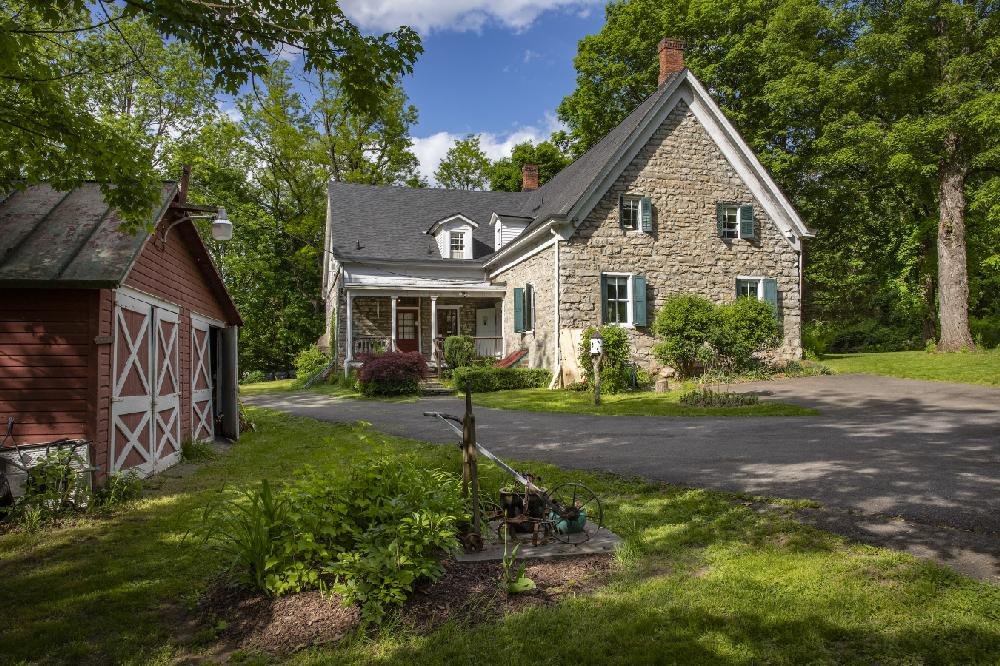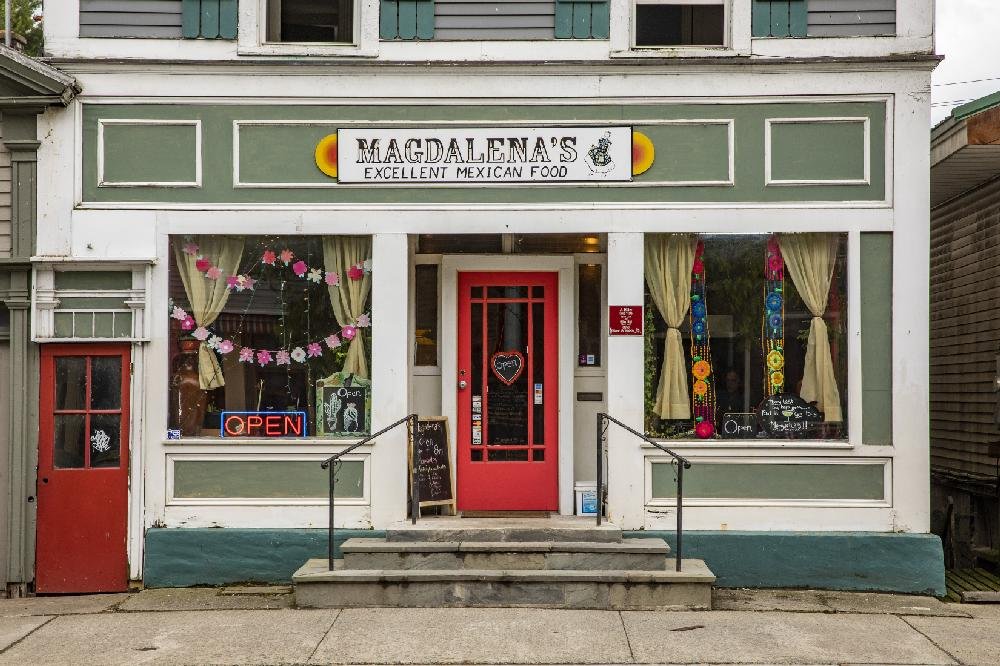What’s left of New York’s Dutch past?

The architecture, language and culture of New Netherland influences New York today, even if most modern-day inhabitants have little idea of the history beneath their feet.
From BBC
When his children were at preschool in Hackensack, New Jersey, building restorer and historian Tim Adriance taught them a simple nursery rhyme. Although it has a Dutch name – Trip a Trop a Tronjes (“The Father’s Knee is a Throne”) – the song can be sung in English too, making it easy for them to learn. Soon, Adriance remembers, their whole class, mostly Filipino and African American boys and girls, were enthusiastically chanting along.
None of this seems unusual unless you know the song’s history. Remarkably, Trip a Trop a Tronjes was first sung on American shores in the 1600s, before the United States even existed, when Dutch settlers established New Amsterdam – now New York – and built farms in the surrounding countryside. Centuries later, the song has survived through Tim Adriance and Dutch-Americans like him, passed on to immigrant children who reached New Jersey in a different age.
The old Dutch influence still echoes across contemporary American life

This is part of a far larger, mostly unexplored story. New Amsterdam was renamed centuries ago, and the hills and copses once known as New Netherland – the short-lived, 17th-Century Dutch colony in North America – now lope gently through a stretch of the US states of New York, New Jersey, Delaware and Connecticut. But like Trip a Trop a Tronjesin Hackensack, the old Dutch influence still echoes across contemporary American life. This is doubly true in the region the Dutch once called home: the architecture, language and culture of New Netherland influences New York today, even if most modern-day inhabitants have little idea of the history beneath their feet.
Learning a trade
New Netherland goes back a long way. The Dutch traded along the Hudson River as early as 1611 and established Fort Amsterdam on the southern tip of Manhattan island in 1625. Four decades later, New Amsterdam, the capital of New Netherland, had grown into a lively port of 1,500. Not that the Dutch were the only Europeans around. In 1630, the English had started their own outpost further north. But Boston (in the state of Massachusetts) and New Amsterdam were very different towns.

“The English were still hanging Quakers in Boston in the 1650s,” said Charles Gehring, an expert in Dutch America and head of the Albany-based New Netherlands Research Center. “The Dutch never hanged anyone for their religious beliefs. You could believe what you want.”
For example, Johannes Megapolensis, a Dutch pastor, describes in a letter from March 1655 seeing “Papists, Mennonites and Lutherans” walking the streets of New Amsterdam at a time when other Europeans across the Atlantic were engaged in brutal religious wars. In part, this Dutch tolerance was imported from their brethren back home: The Netherlands in the 17th Century was a place of religious freedom and a principled refuge for religious minorities.
Tolerance also had practical benefits. Unlike the Puritans, austere Protestants from England who founded Boston as a religious utopia, the Dutch had earthier ambitions and encouraged anyone who wanted to make money to join the fray.

“[New Amsterdam was] relatively tolerant to religion, very promoting of diversity, as long as people contributed to society and trade,” explained Sophie van Doornmalen, senior cultural officer at the Dutch Consulate in Manhattan.
You only have to explore a contemporary New York neighbourhood like Jackson Heights – home to about 110,000 people but more than 160 languages, with local curry joints squeezed near arepa bars – to see how these same ideals have continued to shape the city.
Knickerbocker glory
Politically, of course, this wider Dutch experiment of tolerance did not last. The English first captured New Amsterdam in 1664 and permanently annexed the whole of New Netherland a decade later. By the American Revolution, which kicked off in 1776, Dutch America had already been gone for more than a century. Yet, remarkable traces of their settlement have survived, often in the most surprising places.

Walk down Flushing Avenue on the Brooklyn-Queens border and the view feels grubbily familiar. Warehouses and mechanic shops jostle for space, and flatbed trucks trundle by. But just before you turn right onto Onderdonk Avenue, you step out of New York and into history. On the corner, flanked by a row of Chinese wholesale firms, is a perfect Dutch farmhouse. Shuttered windows sit below a sloping gambrel roof, first shallow, then steep. Climb the hill in the garden and you can see skyscrapers: Manhattan is just a few miles away.
The current Onderdonk House was built in 1709, after the English arrived, (and restored following a fire in 1975) but its foundations date to 1660. In any case, much of the building is historical, said Linda Monte, a director at the house. She pointed out typical Dutch doors, only locking from the inside, then walked outside to admire the handsome whitewashed walls. “Most of the Dutch houses that are left are of wood construction,” she explained. In part, Onderdonk House has survived so long because it’s made of stone.
Remarkable traces of [the Dutch] settlement have survived, often in the most surprising places
Farmsteads like Onderdonk freckle Brooklyn and Queens, physical reminders of a time before mechanic shops and before New York. They are far from alone. Explore the streets of Lower Manhattan, after all, and you are wandering a street plan that would be recognisable to any self-respecting New Amsterdamer. (You can check the original yourself, at Peter Minuit Plaza near the Staten Island Ferry, where a bronze sculpture of the 1660 “Castello Plan” of Dutch streets stands proudly by the water.)

Not that a street plan is all that remains of New Amsterdam. Modern Pearl Street was once named ‘Paerlstraat’ for the oysters that once lived in the harbour. Beaver Street speaks to the importance of animal pelts in the Dutch colony. Head to 85 Broad Street, meanwhile, and you will notice the outline of a building marked in yellow brick on the pavement. This was the Stadt Huys, which ended up as New Amsterdam’s town hallbut was built as a tavern. (At its height, the compact settlement boasted 17 drinking establishments.)





